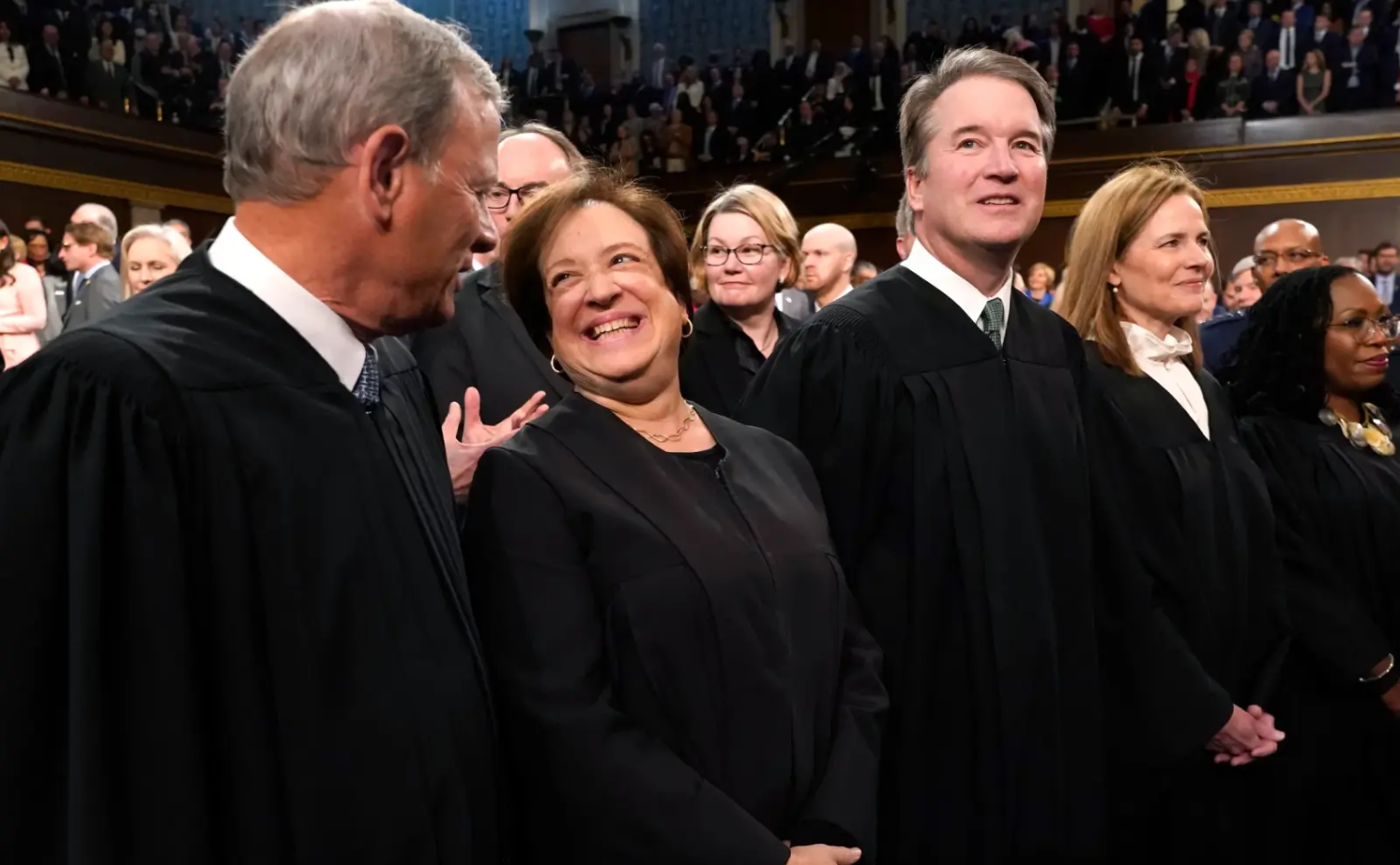Supreme Court Weighs Landmark Discrimination Case: Could It Reshape Workplace Rights?
In a rare moment of broad agreement, the U.S. Supreme Court is poised to address key issues in a case that could redefine how workplace discrimination is handled. The case, Ames v. Ohio Department of Youth Services, involves a straight white woman who claims she was discriminated against because of her sexual orientation. With the potential to reshape interpretations of Title VII of the Civil Rights Act, Ames’ lawsuit has sparked significant discussions about fairness and equality in the workplace.
I. Background of the Case
The plaintiff, Ames, worked for over 15 years at the Ohio Department of Youth Services. She claims that her employer denied her a promotion and demoted her in favor of less-qualified gay candidates, alleging the decision was made solely because she is straight. Ames believes this treatment violates the protections against discrimination under Title VII of the Civil Rights Act, which prohibits discrimination based on sex and sexual orientation.
A major hurdle in her case has been the “background circumstances” requirement, which critics argue places an unfair burden on majority-group plaintiffs like Ames. The Sixth Circuit U.S. Court of Appeals dismissed her case, stating she failed to meet this legal threshold. Ames contends that this requirement creates a double standard, emphasizing that protections should apply equally to everyone, regardless of whether they are part of a majority or minority group.
II. The Supreme Court Hearing
During oral arguments, the justices debated the implications of applying Title VII in a fair and uniform way. Justice Neil Gorsuch remarked on what he called a “radical agreement” within the Court, suggesting that discrimination, whether against gay or straight individuals, should be unequivocally prohibited. His statement emphasized the Court’s general consensus on the principle of equality.
Justice Sonia Sotomayor raised concerns about the case, hinting that further factual review might be needed at the lower court level. Justice Brett Kavanaugh also suggested that the Court could issue a narrow ruling confirming that discrimination based on sexual orientation is prohibited, leaving more detailed factual matters to be addressed by lower courts.
Ohio Solicitor General Elliot Gaiser weighed in, affirming that differential treatment of employees is unacceptable. The central issue being debated was whether the “background circumstances” rule should be maintained, or if it should be revisited to allow for more equitable treatment of majority-group plaintiffs.
III. Legal and Cultural Implications
Experts suggest that a ruling that revises or eliminates the “background circumstances” requirement could have significant consequences for employment law. Jonathan Segal, an employment lawyer, noted that such a decision might lead to a surge in claims of discrimination from majority-group employees. This could challenge existing workplace diversity, equity, and inclusion (DEI) initiatives, potentially leading to greater scrutiny of programs designed to address workplace fairness.
This case touches on broader societal debates about fairness and equality. A ruling in favor of Ames could affirm the idea that all employees, regardless of their group identity, should be protected from discrimination. Such a decision could prompt increased claims from employees in majority groups, which would reshape the legal landscape for discrimination cases. However, it could also lead to a reevaluation of workplace policies that seek to address past inequalities, especially if these policies are perceived as contributing to reverse discrimination.
IV. Future Impacts on Title VII
The Supreme Court’s decision could significantly affect the application of Title VII and alter how workplace discrimination is handled in the future. The Court is expected to issue its ruling by the end of June, and the outcome could influence both public policy and workplace practices. Advocates for equal treatment hope the Court will uphold the idea that discrimination is prohibited regardless of the individual’s background or group affiliation.
However, if the Court expands the scope of discrimination claims to include majority-group employees, it could create challenges for employers seeking to balance fairness and inclusivity. This would likely result in additional legal scrutiny of DEI programs, which have become central to many modern workplace policies.
V. Conclusion: A Critical Decision Ahead
As the Supreme Court prepares to issue its decision in Ames v. Ohio Department of Youth Services, the implications of the case are already reverberating throughout the nation. With just an hour of oral arguments, the justices seem aligned on the fundamental principle that discrimination—whether against gay or straight individuals—should not be tolerated. Yet, the fate of the “background circumstances” rule remains unclear, and its future could open new doors for discrimination claims from majority-group employees.
This case is more than just a legal challenge—it reflects America’s ongoing conversations about fairness, equality, and inclusion in the workplace. The ruling will likely have lasting effects on employment law, shaping how we address workplace discrimination and the balance between individual rights and broader social policies. As the nation waits for the Court’s decision, one thing is certain: this case could mark a pivotal moment in the ongoing effort to create more equitable workplaces for everyone.
